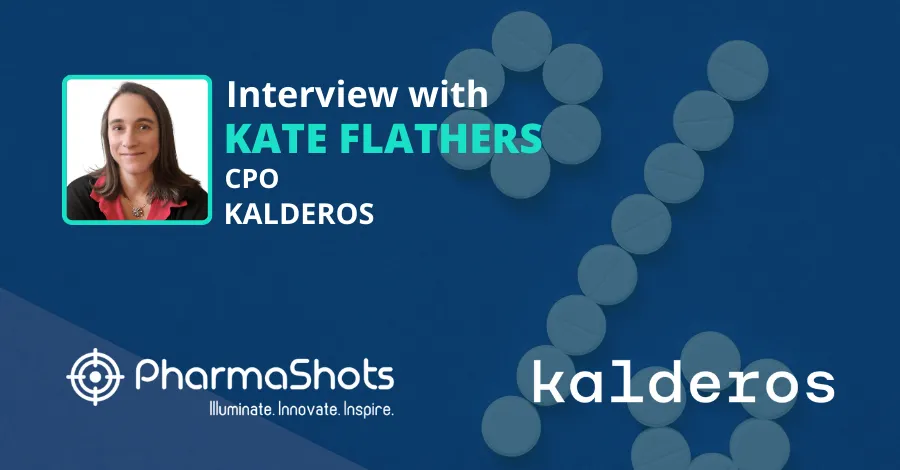
TCOC Management in Oncology: Jennifer Fernandez from The Oncology Network in a Dialogue Exchange with PharmaShots
Shots:
-
Prominent oncology drugs like pembrolizumab and nivolumab were initially approved with weight-based dosing and gradually transitioned to fixed dozing. With the transformation in the dosing model, the average dose amount administered to patients increased dramatically in the Oncology Care Model
-
Today, at PharmaShots, we have Jennifer Fernandez from The Oncology Network, shedding light on the impact of weight-based dosing and fixed doses on the Total Cost of Care
-
Jennifer sheds insights from the study that navigated weight-based dosing and fixed-dose for commonly used and high-cost neoplastic drugs to reduce TCOC
Saurabh: What motivated you in comparing the financial impact of fixed-dose versus weight-based dosing approaches for pembrolizumab and nivolumab in the Oncology Care Model?
Jennifer: Both Nivolumab and Pembrolizumab were FDA-approved with weight-based dosing, and subsequently transitioned to fixed doses. As these drugs moved from weight-based dosing to fixed doses we observed a substantial increase in the average dose amount administered to patients, directly impacting the TCOC for the patient. This prompted us to evaluate the financial impacts.
Saurabh: How do you see the Oncology Care Model shaping the landscape of healthcare delivery, particularly in its emphasis on value-based care for participating practices?
Jennifer: I think the OCM was a great starting point. It maintained a balance between driving care transformation, while transitioning toward an alternative payment approach. The program highlighted opportunities for practices to improve quality and reduce TCOC. It also helped participating practices prepare for future VBC programs with redesigning practice operations, while highlighting the complexities of deploying alternative payment models within oncology.
Saurabh: Could you walk us through how the study was designed to evaluate the distribution of patient weights and the decision-making between fixed-dose and weight-based dosing for pembrolizumab and nivolumab?
Jennifer: Starting with claims data, we extracted drug administrations for Nivolumab and Pembrolizumab. We incorporated patient weight data from the electronic medical record for the date of the administration, and we evaluated the weight-based dose against the fixed dose that was administered to the patient.
Saurabh: From your perspective, what do the study's conclusions mean for practices navigating risk-bearing models, particularly in terms of embracing or reconsidering fixed-dosing approaches?
Jennifer: The findings from our study demonstrate that TCOC may be impacted by changes to drug dosing. We see from the package inserts that there are no significant differences in efficacy and safety between fixed and weight-based doses. We think that our findings, results and conclusions open up the opportunity for practices in risk-bearing arrangements to consider weight-based dosing when appropriate to reduce TCOC and bend the cost curve.
Saurabh: What are some of the challenges practices face regarding the availability of varying vial sizes and its impact on the practical application of weight-based dosing?
Jennifer: The effectiveness of weight-based dosing to reduce TCOC applies only when vial sizes are available to adjust the dose and minimize waste. For example, a drug which is only available in a 100mg single use vial, doesn’t easily allow adjustment of a weight-based dose to 150mg to reduce the total cost of care because the remaining vial is discarded as waste and billed to the payer. On the other hand, if a very small sized vial is the only option, it adds to the admixture complexity. It is important to have vials of different sizes to allow for dosing based on weight, while minimizing waste. As an alternative, multi-dose vials allow for flexible weight-based dosing while reducing waste.
Saurabh: In your opinion, how could pharmaceutical companies play a role in supporting weight-based dosing by offering multi-use vials and a range of sizes, as suggested by the study?
Jennifer: Pharmaceutical companies can support weight-based dosing by having vials of multiple sizes and strengths available. Also, multiple-dose vials can be made available to facilitate weight-based dosing. Pharmaceutical companies can use real world usage patterns to guide sizing vials.
Saurabh: Looking ahead, what additional research avenues do you believe should be explored to assess the feasibility and optimization of weight-based dosing, particularly for pembrolizumab with less frequent regimens like every 6 weeks?
Jennifer: Operationally, weight-based dosing with single use vials can be difficult when very few vial sizes exist. For drugs like pembrolizumab, every 6 weekly dosing can be used to overcome the availability of only 1 vial size. We believe that evaluating the operational effects and outcomes with every 6-week dosing is one option. Alternatively, other approaches that can help practices to administer weight-based doses need to be researched and explored.
Saurabh: Considering the study's findings, what are some potential strategies or initiatives that practices in risk-bearing models might adopt to transition toward weight-based dosing, while effectively managing the logistical hurdles associated with vial sizes?
Jennifer: Practices may consider reverting back to using weight-based doses or implementing dose banding initiatives considering the patient’s weights.
Image Source: Canva
About the Author:

Jennifer Fernandez
Based in Miami, Florida, Jennifer Fernandez is a Sr. Business Intelligence Analyst at The US Oncology Network. Prior to this role, she served as an Oncology Payer Analyst also for The US Oncology Network, as well as a Healthcare Recruiter for American Traveler. She graduated from Florida International University with a Bachelor's degree in Health/Health Care, Administration/Management.
Related Post: Redefining Care: Gunjan Sharma from The US Oncology Network in Conversation with PharmaShots
Tags

Saurabh is a Senior Content Writer at PharmaShots. He is a voracious reader and follows the recent trends and innovations of life science companies diligently. His work at PharmaShots involves writing articles, editing content, and proofreading drafts. He has a knack for writing content that covers the Biotech, MedTech, Pharmaceutical, and Healthcare sectors.














